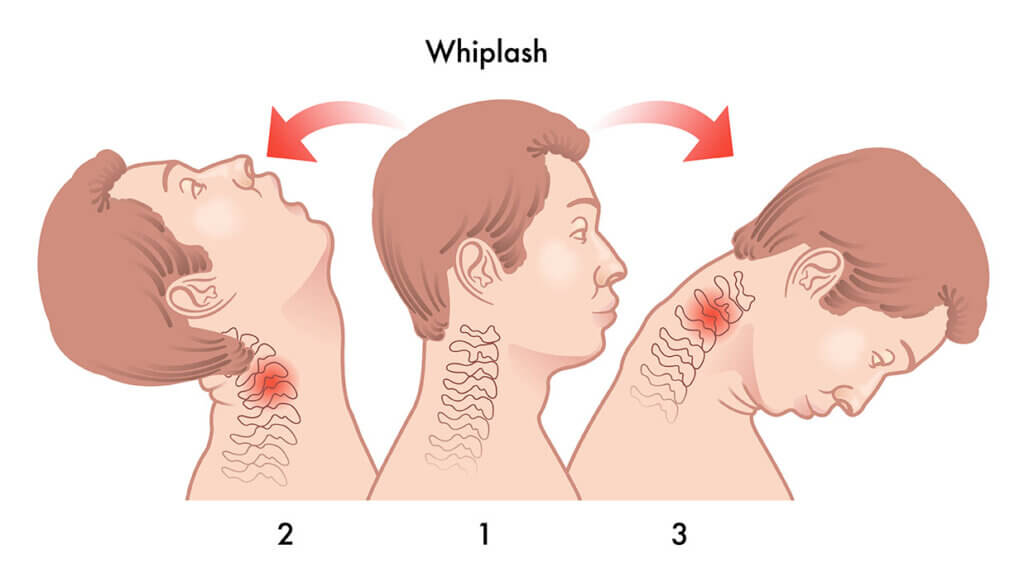Whiplash Injury
What is whiplash?

What is a whiplash Injury?
A whiplash is a neck injury which involves the acceleration- deceleration or rapid back and forth movement forces placed on the neck. Whiplash commonly occurs in rear end or side impact force such as motor vehicle collisions, however it can also result from sports accidents such as contact sports or other sports- related collisions, physical abuse and other traumas such as a fall.
These forces may cause painful injuries to the structures of the neck including muscles, ligament and the cervical spine.
Studies have shown that recovery takes place within the first 2-3 months following the injury however sometimes it may last longer.
Symptoms of whiplash injury may include:
· Neck pain
· Stiffness in the neck and reduced neck range of motion
· Headaches
· Tenderness or pain in the shoulder, arms or upper back
· Referred symptoms down the arms such as tingling or numbness
· Dizziness
· Ringing in ears (tinnitus)
How is a Whiplash diagnosed?
A whiplash injury is usually diagnosed with a complete medical history and physical exam, many whiplash injuries causes damages to soft tissue that cannot be seen on x-rays.
Other ways in which a whiplash can be diagnosed is through further imaging such as x-rays, MRI or CT scan.
How can physiotherapy help with whiplash injury?
There are various ways a physiotherapist can assist with a whiplash injury. Firstly your physiotherapist will conduct a thorough subjective assessment in order to get as much information regarding the injury including when and how it occurred, behaviour of symptoms, aggravating factors of pain, easing factors, medical history, as well as check for any images/ scans done of the cervical spine.
Next your physiotherapist will do a physical assessment which may include looking at active range of motion of the neck to see the availability of movement in neck post injury, posture assessment, strength, palpation of structures around the neck, back and shoulders for any tenderness or tightness of surrounding muscles as well as the mobility through spinal joints. Furthermore, physical assessment of shoulder and thoracic spine may also be included as well as neurodynamic tests if there is case of referred symptoms down the arms.
Physiotherapy treatment for a whiplash injury will be based on the outcome of your subjective and physical assessment. The goal would be to assist with pain management, return to normal range of motion, improve strength and return to normal daily activities. Treatment may include soft tissue release, spinal joint mobilisation, postural correction, strengthening and stretching exercises and education.
Lauren Kloppers – Physiotherapist

